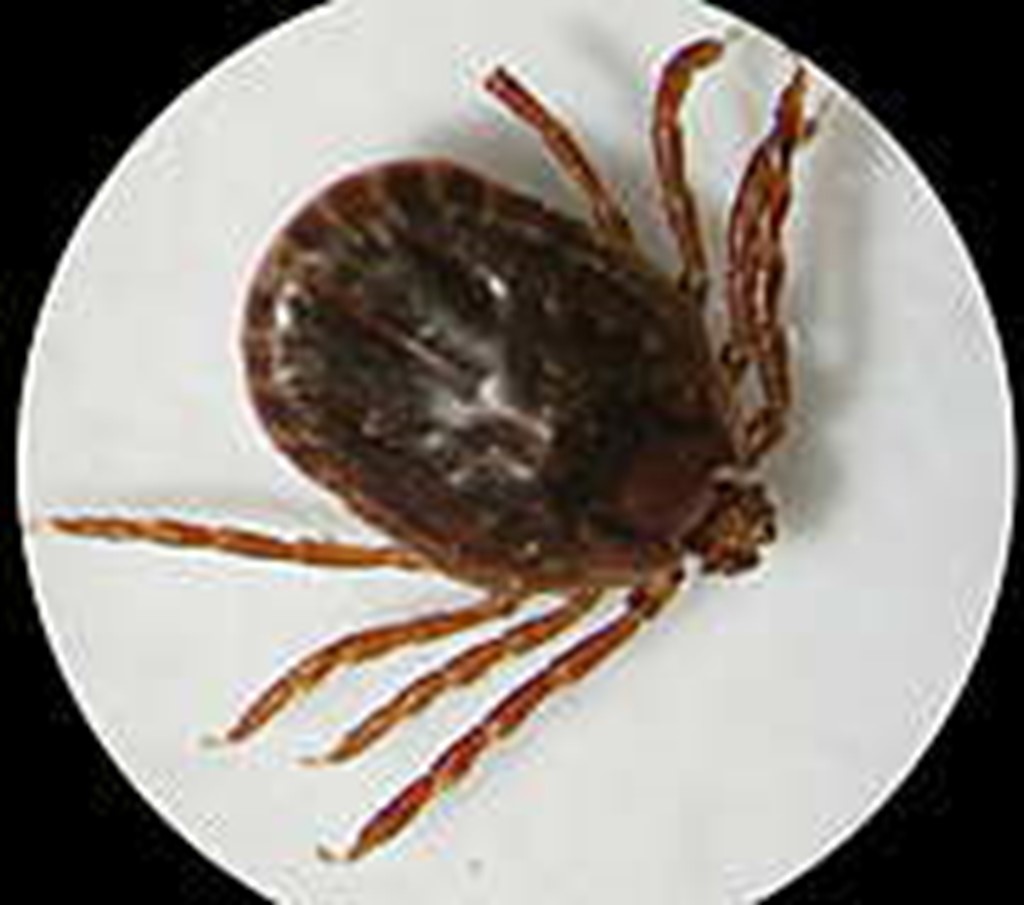COLUMBIA, Mo. —The discovery of an invasive tick species could mean trouble for Missouri cattle farmers.
Researchers at the University of Missouri College of Veterinary Medicine have discovered invasive longhorned ticks in Boone County.
Rosalie Ierardi, a clinical instructor at the MU Veterinary Medical Diagnostic Laboratory (VMDL) and doctoral student at the MU College of Veterinary Medicine, discovered the same type of ticks in northern Missouri last year.
The tick has been linked to millions in agricultural damage worldwide and its presence could mean trouble for cattle producers in mid-Missouri. Researchers say the tick species also has the potential to transmit disease to humans.
“These longhorned ticks have the potential to transmit theileriosis, a disease that kills red blood cells in cattle,” Ierardi said in a press release. “Symptoms of this infection in cattle could include weight loss, tiredness, weakness, jaundice and pregnancy loss, which all have economic consequences for cattle ranchers looking to sell their calves.”
According to MU researchers the tick is native to Australia, New Zealand and neighboring islands in the Pacific Ocean. The longhorned tick was first discovered outside quarantine in the U.S. in 2017 in New Jersey. Since then, its population has been spreading across the U.S. and has been detected in 19 states.
Unlike most ticks, female longhorn ticks can reproduce asexually. Longhorn ticks can lay thousands of eggs at a time, making it easy to quickly establish a population in new areas.
Ram Raghavan, an associate professor in the MU College of Veterinary Medicine and an associate professor in the MU College of Health Sciences, has been tracking the spread of the species in the U.S. for years.
“The University of Missouri is a land-grant institution, and we remain committed to assisting Missouri veterinarians and Missouri cattle ranchers as they continue to monitor the health of their animals,” Raghavan said in a press release. “Unfortunately, it appears that these longhorned ticks are here to stay, and the more vigilant we can become in monitoring the situation as it worsens going forward, the better prepared we will be. We need to monitor these ticks long-term throughout the central Midwest, where critical information about the biology of ticks in general is lacking.”
Raghavan and Ierardi say any Missouri livestock producer who notice weakness, tiredness, jaundice or pregnancy loss in their cattle should call their local veterinarian or the MU VMDL for assistance.












